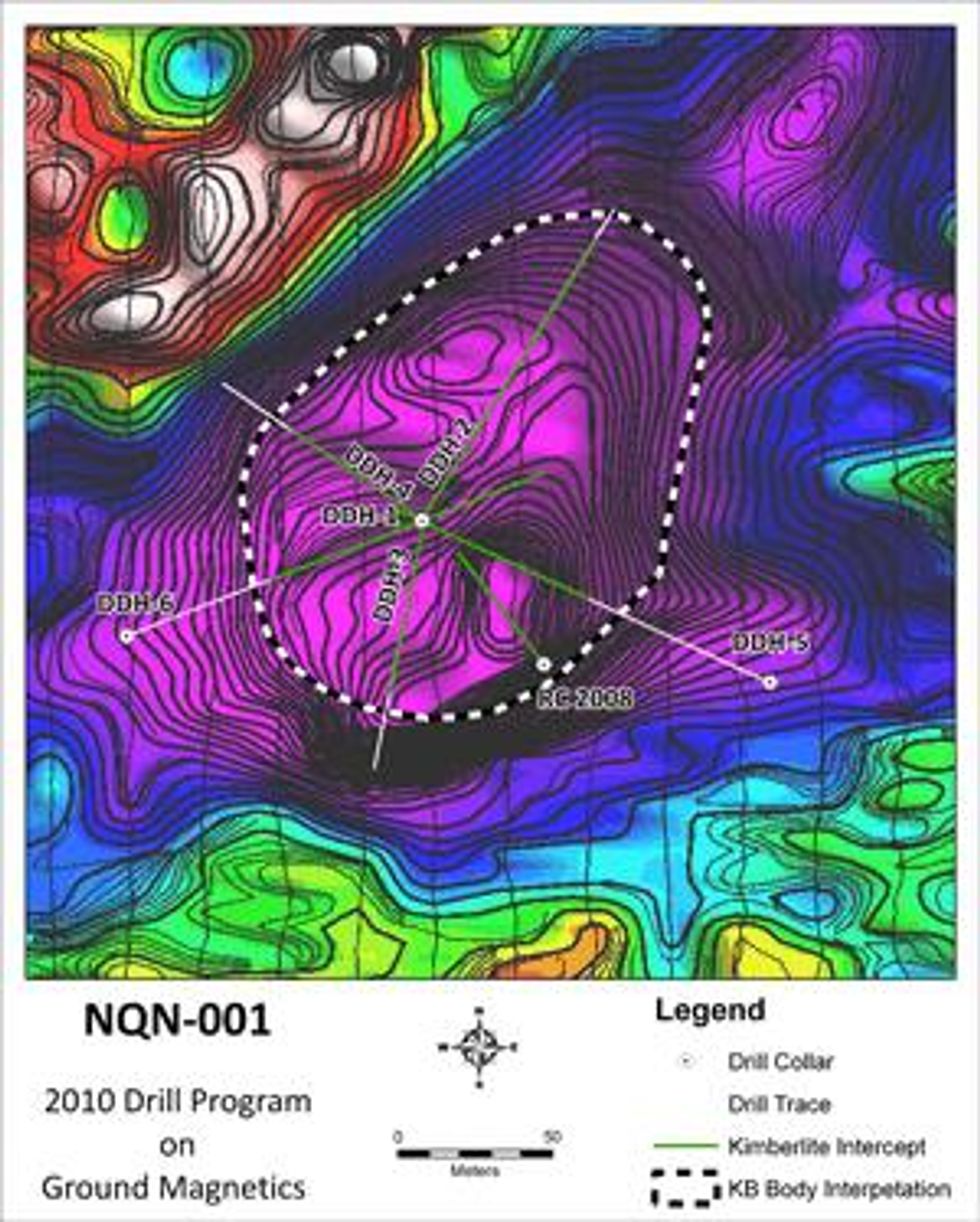- AustraliaNorth AmericaWorld
Investing News NetworkYour trusted source for investing success
- Lithium Outlook
- Oil and Gas Outlook
- Gold Outlook Report
- Uranium Outlook
- Rare Earths Outlook
- All Outlook Reports
- Top Generative AI Stocks
- Top EV Stocks
- Biggest AI Companies
- Biggest Blockchain Stocks
- Biggest Cryptocurrency-mining Stocks
- Biggest Cybersecurity Companies
- Biggest Robotics Companies
- Biggest Social Media Companies
- Biggest Technology ETFs
- Artificial Intellgience ETFs
- Robotics ETFs
- Canadian Cryptocurrency ETFs
- Artificial Intelligence Outlook
- EV Outlook
- Cleantech Outlook
- Crypto Outlook
- Tech Outlook
- All Market Outlook Reports
- Cannabis Weekly Round-Up
- Top Alzheimer's Treatment Stocks
- Top Biotech Stocks
- Top Plant-based Food Stocks
- Biggest Cannabis Stocks
- Biggest Pharma Stocks
- Longevity Stocks to Watch
- Psychedelics Stocks to Watch
- Top Cobalt Stocks
- Small Biotech ETFs to Watch
- Top Life Science ETFs
- Biggest Pharmaceutical ETFs
- Life Science Outlook
- Biotech Outlook
- Cannabis Outlook
- Pharma Outlook
- Psychedelics Outlook
- All Market Outlook Reports
Indicator Minerals Revives the Drill Core Review Party
Dig Media’s VP Mike Rodger attended Indicator Minerals’ Nanuq North Drill Core Preview party hosted last Thursday at the Terminal City Club in Vancouver, BC, where he spoke with Indicator’s Director and VP of Exploration, Dave Kelsch.
By Mike Rodger and Melissa Pistilli—Exclusive to Diamond Investing News
When the Dig Media crew first heard about Canadian explorer Indicator Minerals’ (TSXV:IME) Nanuq North Drill Core Preview party, we wondered why the company would choose to display their findings this way. Was this just another promotional party to hype up a junior miner?Dig’s VP Mike Rodger decided to investigate himself and attended the drill core preview hosted last Thursday at the Terminal City Club in Vancouver, BC, where he spoke with Indicator’s Director and VP of Exploration, Dave Kelsch.
Kelsch clued Mike into the fact that a drill core preview is not some newfangled promotional scheme, but was once a relatively common event as recently as the 1990s. On a Friday afternoon, mining companies would open up their office (and the beer fridge) to their friends in the profession as an opportunity to socialize and showcase some interesting core samples; an event where, unlike at a trade show, attendees could focus on the company and not be distracted by a slew of other companies. Thursday’s Nanuq North Drill Core Preview was a bit of a throwback to those days.
On display were core samples from the kimberlite that Indicator has discovered at its Nanuq North project in Nunavut. After drilling a discovery hole in 2008, Indicator has drilled 1 vertical hole straight down into the target and 5 holes in a radial pattern all from the one location in the center of the target (see image below). Core samples from all of the holes have kimberlite intervals.
Kelsch explained that the drill program was designed to test geology, geometry and grade—geology to see if the kimberlite of the discovery hole was consistent across the target, geometry of the target below surface, and whether the micro-diamond grade of the discovery hole was consistent over the target.
Kelsch was able to explain what he saw as significant while looking at the kimberlite core. Indicator minerals (the minerals indicating the presence of) for kimberlites include garnets, some of which he was able to show in samples. Kelsch also pointed out that the samples did not include a lot of country rock, which refers to the rock native to the area (not the wonderful music of Emmylou Harris and the Eagles). If there is a lot of country rock in the kimberlite, it effectively dilutes the amount of potential diamond bearing rock in the sample. Finally the coarseness of the sample is a good indication that the geologic process that allowed the kimberlite to form wasn’t so violent that it crushed all of the material as it surfaced—an indication any diamonds that may have been brought up also weren’t crushed in the process.
Indicator is also currently working to acquire private company Bluestone Resources and their Mohave copper-moly-silver project in Arizona. While this is a very different project from their diamond projects, Kelsch referred to Indicator as an “opportunity company” rather than strictly a diamond company. He also said that the very different location would allow Indicator to have a more balanced work schedule and newsflow. Technical teams will be able to work during the winter in Arizona after working in Nunavut in the summer. Kelsch did reiterate that Indicator is very driven toward developing diamond properties in the north and the Mohave project will not distract them from that goal.
The Mohave project is approximately 30km from the Bagdad copper mine operated by Freeport-McMoRan. Mohave may have the potential for a similar porphyry deposit and is drill ready with sampling programs and geophysical work already completed.
Latest News
Investing News Network websites or approved third-party tools use cookies. Please refer to the cookie policy for collected data, privacy and GDPR compliance. By continuing to browse the site, you agree to our use of cookies.

